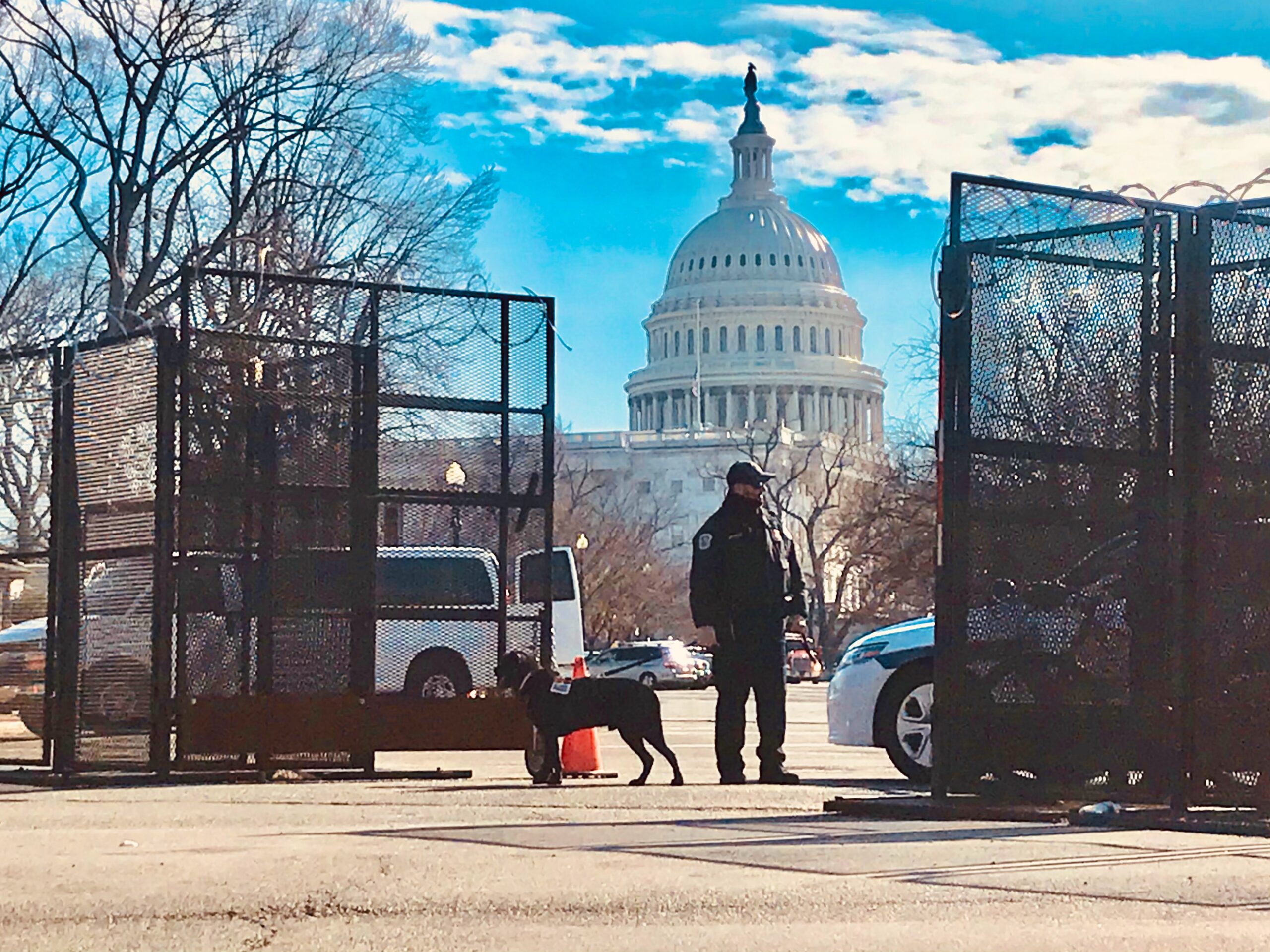Navigating the Federal Employee Grievance Process

Navigating the federal employee grievance process can be a daunting task. If you are an employee of a federal agency and have an issue that needs addressing, it’s essential to be aware of the rules and regulations governing filing grievances to ensure that your case is handled appropriately. This blog post will provide an overview of the federal employee grievance process and offer advice on what steps to take if you find yourself in a situation you need to grieve. In addition, we will discuss the various procedures for filing a grievance, how to best present your case, and what legal guidance is available to you.
When Do Federal Employees Use the Grievance Process?
Federal employees turn to their agency’s grievance process when their issue doesn’t qualify for other forums, such as the Equal Employment Opportunity (EEO) complaint process or the Merit Systems Protection Board (MSPB). Instead, the grievance process covers issues that don’t fall into these categories, such as concerns about workplace safety, harassment, and discrimination. In some cases, an employee may file a grievance if they feel mistreated by a disciplinary action. In addition, the grievance process is often used when an employee and the agency cannot reach a resolution through informal discussions.
Types of Grievances
Federal employees may utilize the grievance process to seek a resolution to an employment issue. There are two primary types of grievances available to federal employees: union grievances and administrative grievances.
Union grievances are typically filed by federal employees eligible to be part of a union. They are usually disputes over an employment issue affecting the employee, such as disciplinary action, performance action, re-assignment, or transfer. On the other hand, administrative grievances are typically filed by supervisors.
There are numerous grounds for a potential grievance in the federal workplace. Some examples include disagreements over salary or benefits, claims of discrimination or harassment, violation of rights or privileges, or changes in working conditions. Each agency has its own grievance procedure, so it’s advisable to consult with a federal employment attorney and have a copy of the grievance process that applies to your agency before filing a particular type of grievance.
The Grievance Process
Grievance processes can differ from employer to employer as each will be bound by various collective bargaining agreements. Generally, grievances are brought to the employee’s immediate supervisor and must be submitted in writing using a grievance form. The supervisor and union representative will review the grievance to determine its validity. At this stage of the process, there are three possible outcomes: no valid grievance, resolution, or the grievance moves forward to the next step.
The next step in the process involves the next level of supervisor in the hierarchy. If the grievance cannot be resolved at this level, it will move forward to the next step, which involves a review by a higher level of company management and potentially a higher-level union representative. Depending on the agreement, the grievance may reach the highest levels set forth by the contract.
If the grievance remains unresolved, an outside arbitrator may come in to resolve the issue. An arbitrator is an impartial third party that evaluates evidence presented by both sides of the dispute and makes a ruling binding on all parties involved. This is typically the final step in resolving a grievance.
Speak With a Federal Employment Law Attorney
At The Vaughn Law Firm, our attorneys have a long history of successfully representing clients in federal employment matters. Our experienced attorneys have a comprehensive understanding of the federal employee grievance process and can help you every step of the way. Contact us today to set up a legal consultation with an experienced federal employment attorney.




